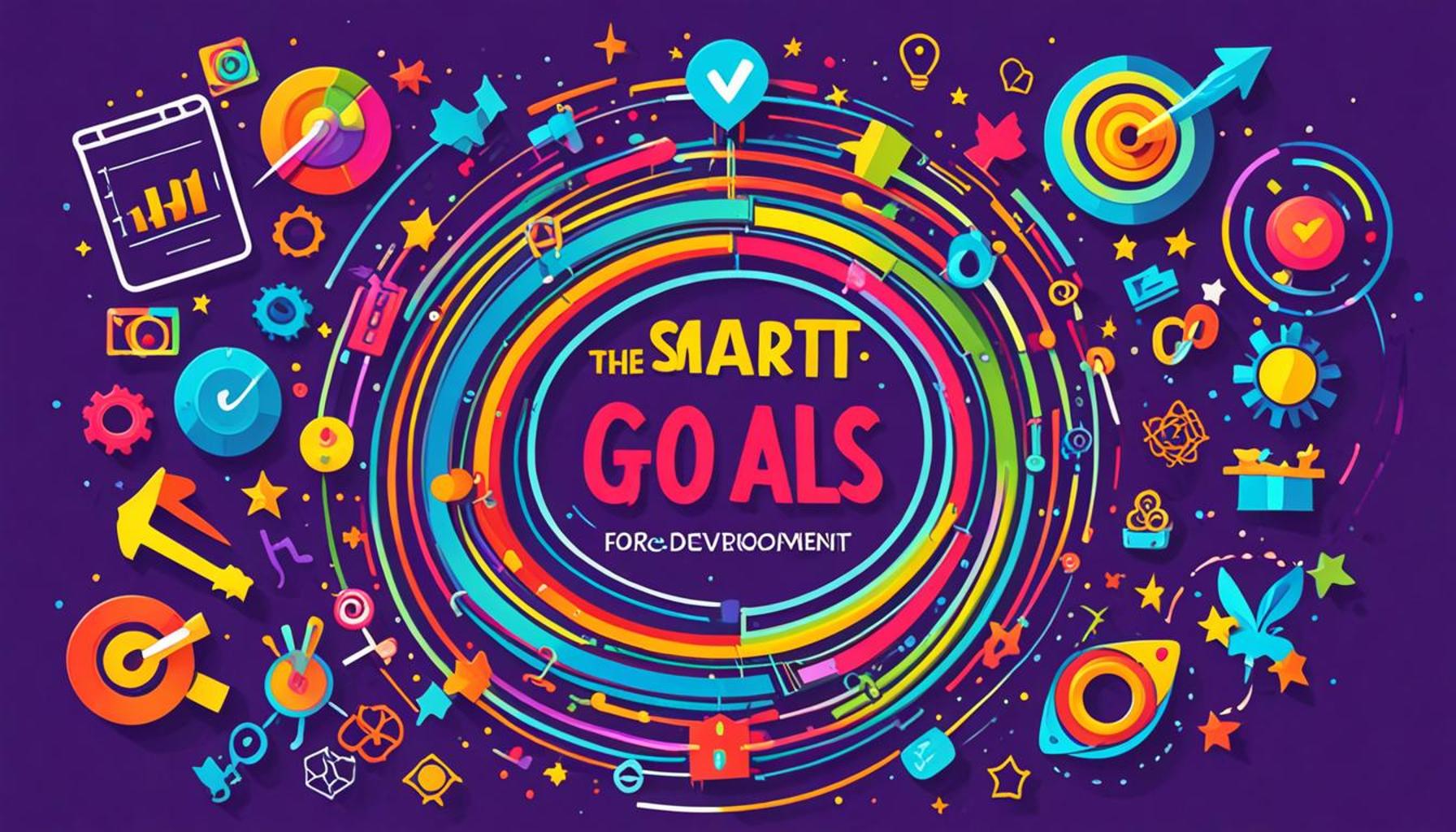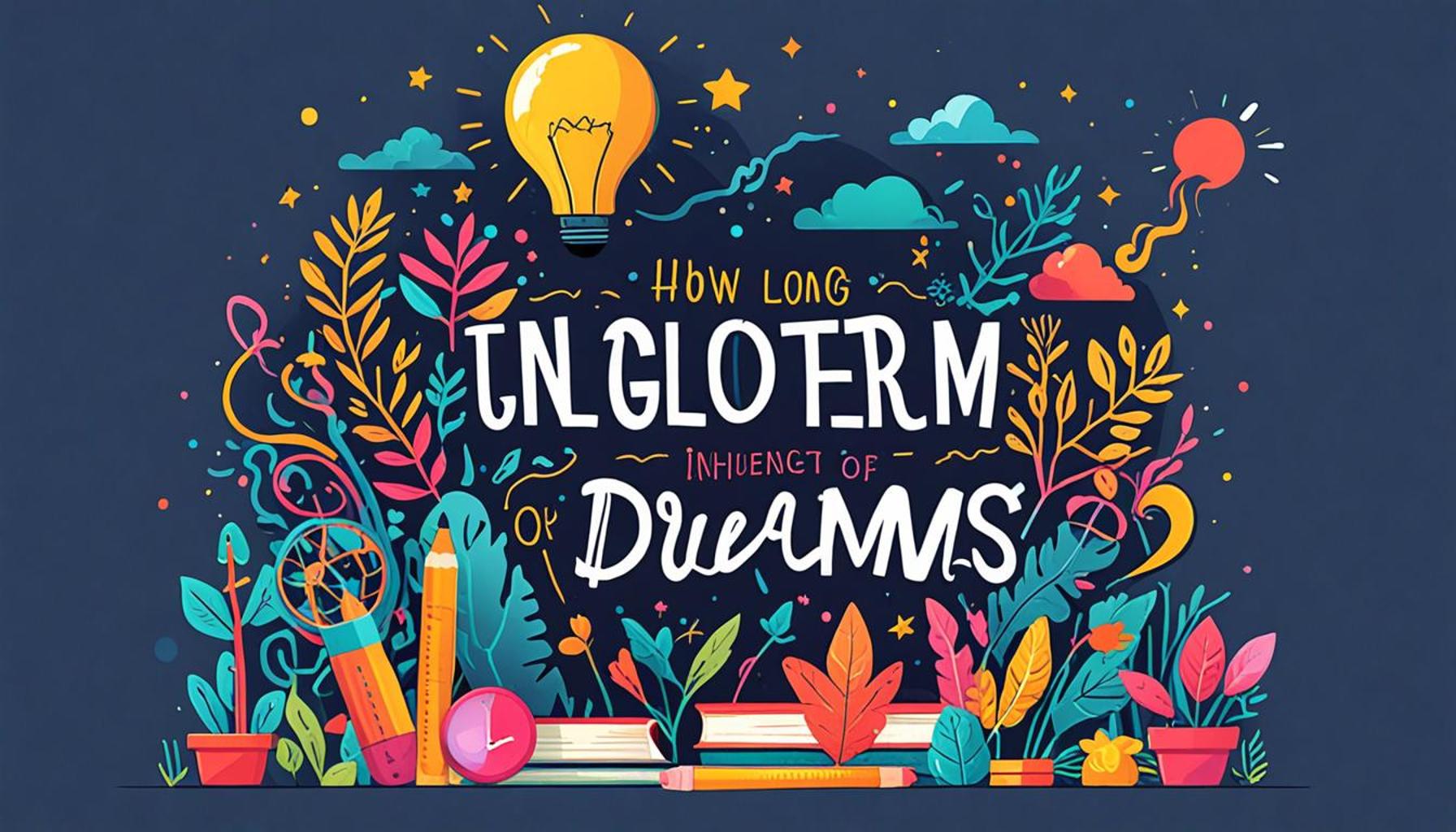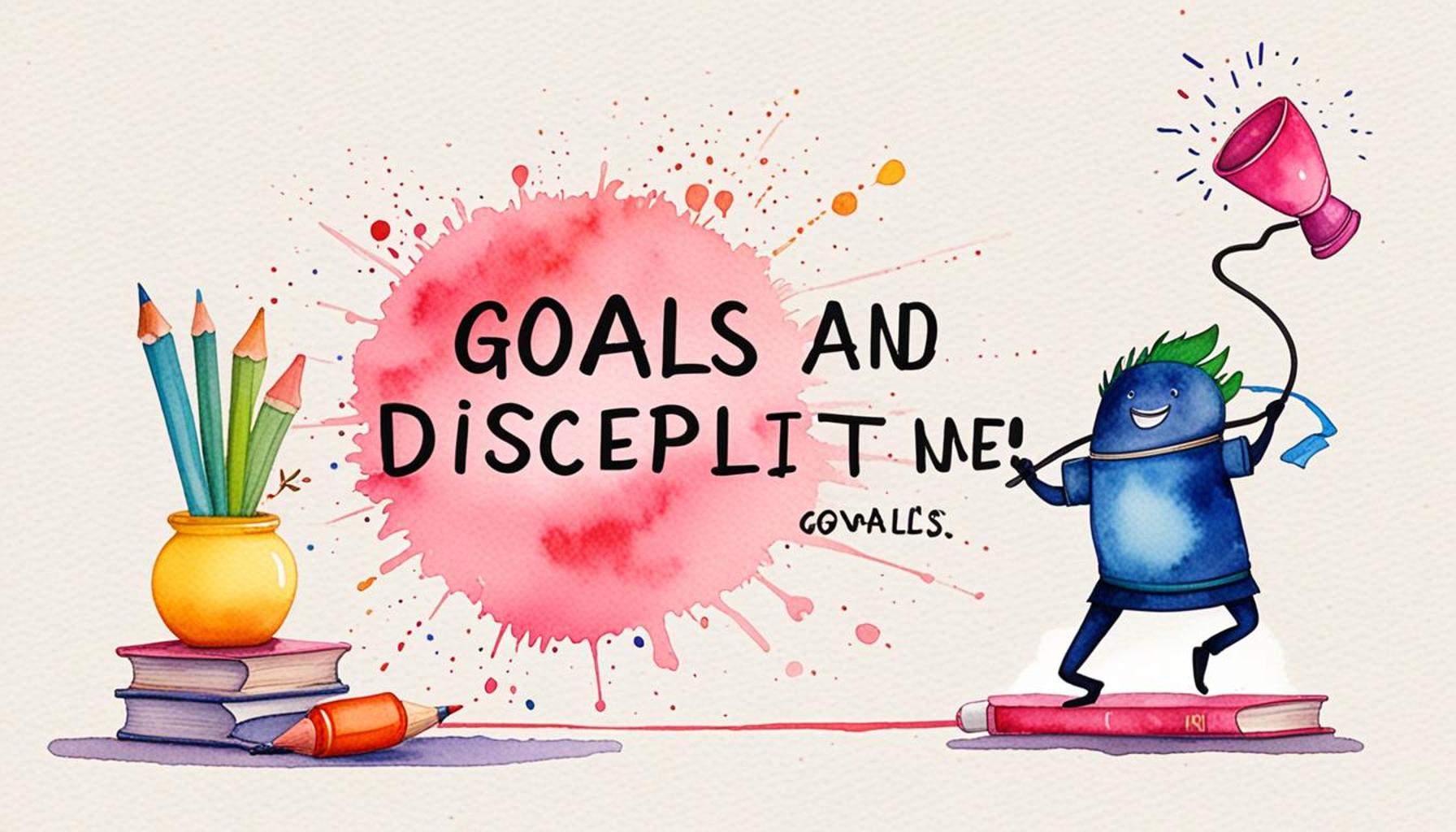Boost Growth Mindset with Goal Visualization Techniques
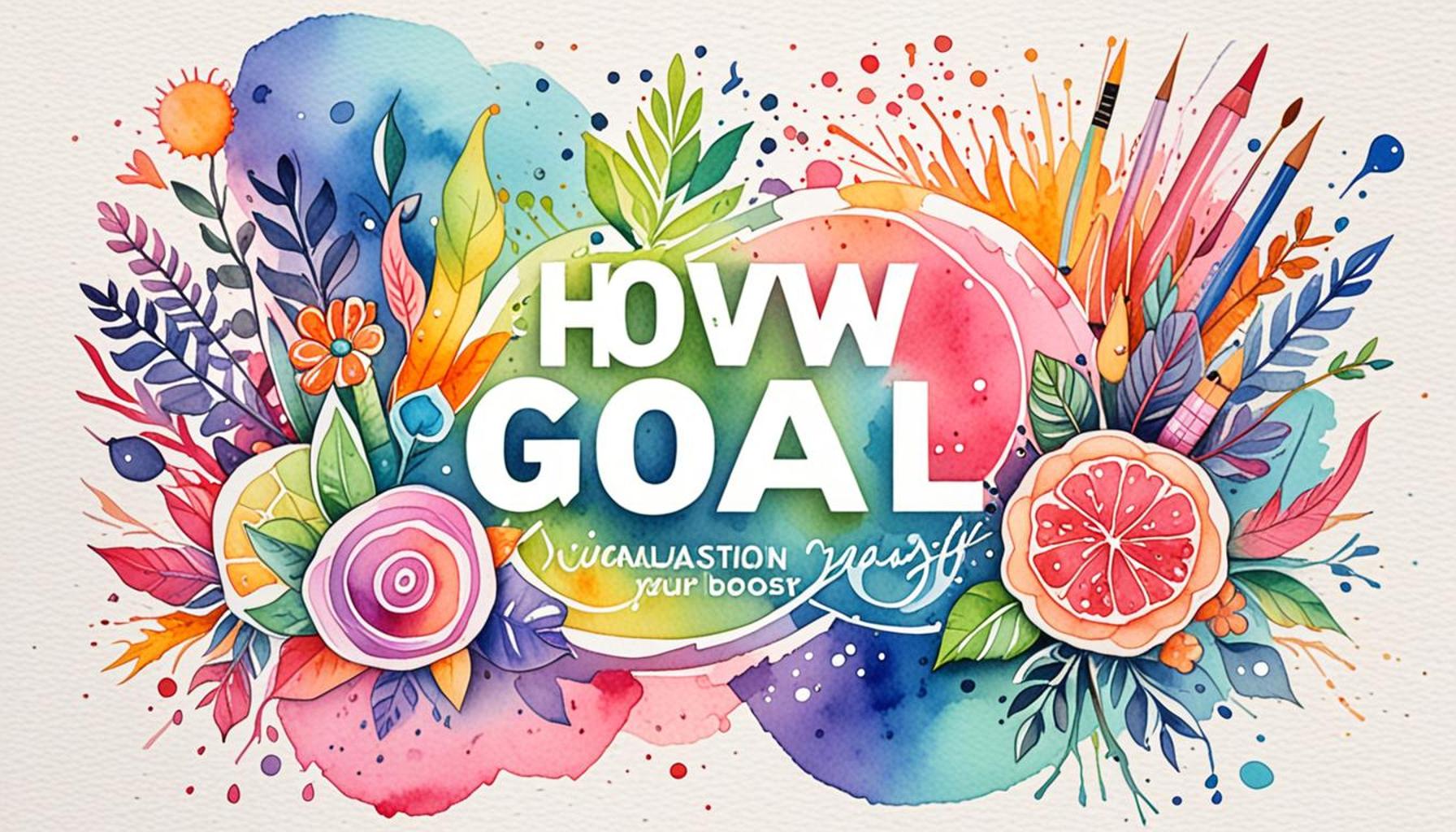
Unlocking Potential Through Visualization
In a world where personal and professional development is highly sought after, strategies that enhance the growth mindset are becoming essential tools for success. One such strategy, goal visualization, empowers individuals to transform their aspirations into tangible achievements. Understanding how to effectively visualize goals can foster resilience, motivation, and ultimately lead to a more profound transformation in one’s mindset.
The Power of Imagery
Utilizing visualization techniques involves creating mental images of success, helping to clarify objectives and ignite passion. This practice is particularly relevant as it:
- Increases motivation by providing a clear picture of what one aims to achieve.
- Enhances focus on daily tasks required to reach those goals.
- Builds confidence in one’s abilities through repeated mental rehearsal.
As we explore the relationship between visualization and a growth mindset, we will uncover the Top 5 techniques that can not only amplify your goals but also reshape your approach towards challenges. Ready to dive deeper into this transformative practice?
ADDITIONAL INSIGHTS: Expand your understanding here
Top 5: How Goal Visualization Can Propel Your Growth Mindset
The art of goal visualization goes beyond idle daydreaming to become a potent tool for personal and professional development. In an unpredictable world filled with challenges, leveraging this technique can nurture a growth mindset—a mental approach that embraces learning, effort, and resilience. Below, we explore five compelling ways goal visualization can accelerate your development journey, keeping your focus positive and proactive. Let’s dive deeper!
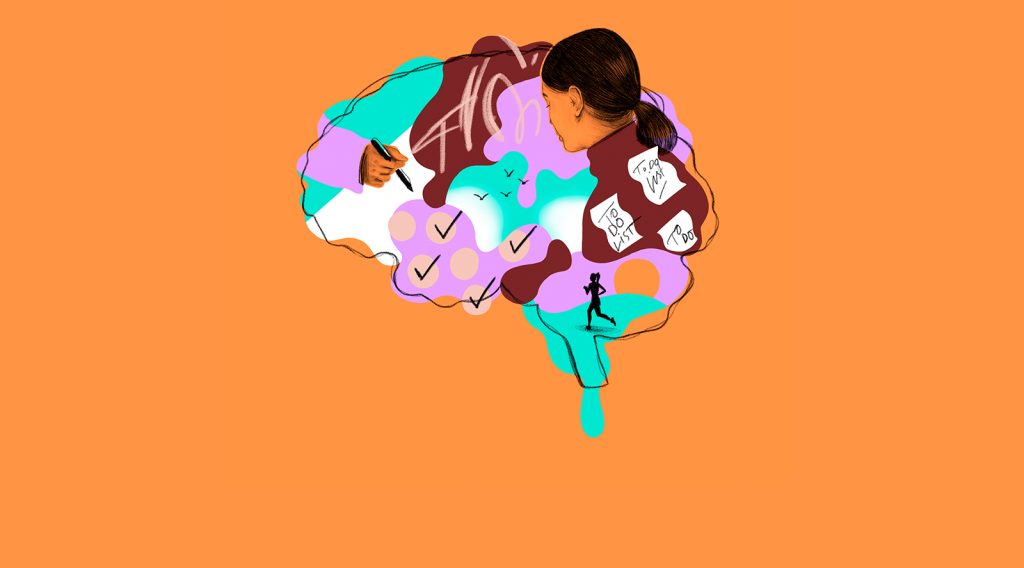
5. Crafting a Detailed Vision of the Future
Goal visualization allows individuals to construct a vivid image of their desired future. By consistently visualizing goals, one creates a powerful mental representation that guides their actions. Consider the example of an aspiring artist. By picturing themselves displaying work in renowned galleries or receiving prestigious awards, they not only enhance the clarity of their aspirations but also align their intrinsic motivations towards achieving them.
Visualization acts as a roadmap, drawing a blueprint of the future. According to experts in psychology, the mind cannot differentiate well between a vivid imagined experience and reality. Hence, when you visualize your success, your brain starts to process it as reality, triggering motivation and focused behaviors toward achievement. This clarity prevents deviation from goals, as the mental picture keeps you aligned with your path.
4. Source of Daily Motivation and Inspiration
One of the most potent benefits of goal visualization is its ability to serve as a constant source of motivation. By setting aside moments each day to envision success, individuals reinforce their commitment to their objectives. This visualization habit is particularly beneficial during challenging times. When obstacles arise, revisiting this mental picture of achievement can provide the necessary energy and inspiration to persevere.
Author Rhonda Byrne highlights the power of visualization in her book “The Secret,” explaining that focusing on your goals helps manifest them by maintaining enthusiasm and a positive outlook. Professional athletes, such as Olympic gold medalists, often use visualization techniques to maintain inspiration and focus, reinforcing the idea that mental rehearsals are as crucial as physical ones.
3. Overcoming Mental Roadblocks
Visualization of goals is essential in overcoming mental barriers that may hinder potential. Often, individuals are held back by negative beliefs and doubts. Through visualization, one can reframe these inhibiting thoughts into positive affirmations. Imagine someone questioning their competency in their career; by visualizing themselves as a skilled and successful professional, they engage in a mental exercise that fosters self-belief and strengthens confidence.
This mental reconditioning allows individuals to creatively tackle problems without the constraints of self-imposed limitations. Studies in cognitive-behavioral therapy illustrate how visualization aids in reshaping thought patterns, demonstrating its effectiveness in dismantling fear and boosting self-assurance.
2. Enhancing Resilience
Having the ability to visualize goals results in an enhanced resilience when faced with adversity. This practice not only preconditions the mind to tackle impending challenges but also develops a learning-oriented mindset. While visualizing success, it is crucial to also envisage potential obstacles and strategize overcoming them. This mental preparation results in forming a proactive attitude, vital for maintaining focus and determination when things don’t go as planned.
Psychologists argue that visualizing the process and not just the end goal prepares the individual to be more adaptable. This strategic foresight creates an action plan that readies the individual to face unexpected hurdles, thus becoming a critical part of resilience building. It’s about not just picturing success but also mapping a clear route to navigate through setbacks.
1. Bringing Concrete Results to Life
Ultimately, the most significant impact of goal visualization is the manifestation of real results. By combining visualization with concerted action and a structured plan, the chances of achieving one’s goals significantly increase. Research indicates that when individuals “see” their success mentally, there’s an added drive to transform those visions into reality.
One prominent example includes business leaders who engage in visualization to steer their ventures toward success. They create a mental snapshot of achieving market leadership or launching innovative products, thus propelling real-world decisions and actions. Visualization is not merely about dreaming but is a concrete practice that translates abstract wants into tangible outcomes.
In conclusion, goal visualization is a revolutionary tool in fostering a growth mindset. By painting a clear vision of the future, sustaining daily inspiration, overcoming mental barriers, strengthening resilience, and manifesting tangible results, you incrementally step closer to your best self. Integrate these strategies into your routine and witness the transformation in your mindset and achievements. How will you harness the power of goal visualization in your life? Remember, the tool for change lies in your hands!
Whether you’re looking to advance your career, excel in academia, or strike a personal balance, goal visualization can enable you to lay the groundwork for success. The first step is simple—close your eyes and picture what you desire your life to look like. As you continue this practice, you’ll be amazed at how it reshapes your actions and fosters a resilient, success-oriented mindset.
Visualizing goals is not merely an abstract concept; it serves as a powerful tool that can significantly enhance one’s personal and professional development. The theme “Como a Visualização de Metas Pode Impulsionar sua Mentalidade de Crescimento” delves into how picturing our ambitions can inspire action and foster a resilient mindset. Below, we explore various aspects of goal visualization, providing insights into its transformative effects.A pivotal aspect of goal visualization lies in its ability to clarify our objectives. When individuals engage in visualization exercises, they often find themselves reflecting deeply on what they truly want to achieve. This process is not limited to surface-level goals; it prompts introspection and encourages individuals to delineate their priorities clearly. For instance, rather than simply visualizing a desire for career advancement, one might imagine the specific position, the environment, and the skills required to attain such roles. This clarity helps to break down larger ambitions into more manageable, actionable steps.Moreover, visualizing success has been linked to increased motivation and focus. When individuals create a vivid mental image of achieving their goals, the brain can foster a sense of completion, which propels them towards taking necessary actions. For example, athletes often use visualization techniques before competitions, picturing themselves successfully executing their routines or crossing the finish line. This positive reinforcement can instill a deeper sense of determination. The brain responds positively to these images, encouraging perseverance and unwavering effort toward achievement.Another striking advantage of visualization is its role in enhancing self-confidence. As individuals mentally rehearse their success, they cultivate an internal belief that they are capable of achieving their goals. This self-assurance can combat the often debilitating effects of doubt and fear of failure. A study highlighted that business professionals who actively visualized their success reported greater self-efficacy in their work, subsequently leading to improved performance and increased job satisfaction. Visualizing success essentially prepares the mind to embrace challenges rather than retreating from them.A beneficial exercise to harness the power of visualization is the creation of a vision board. This tactile method involves assembling images, quotes, and other visual stimuli that resonate with one’s goals and aspirations. By placing this vision board in a prominent location, individuals consistently remind themselves of what they aim to achieve, further strengthening their motivation and commitment. This tool becomes a daily visual cue that supports mental and emotional alignment with their dreams, shaping a future that they desire.In essence, goal visualization encompasses far more than simply dreaming about success; it is a concrete practice that fosters a growth mindset. By providing clarity, enhancing motivation, and building self-confidence, visualizing goals empowers individuals to overcome obstacles and embrace the journey toward personal and professional growth. As more people integrate these strategies into their lives, they learn to view challenges as opportunities—not deterrents—leading to a more fulfilling and purposeful existence.
YOU MAY ALSO LIKE: Read this other article
Frequently Asked Questions about How Goal Visualization Can Boost Your Growth Mindset
What is goal visualization and how does it work?
Goal visualization is a cognitive technique where individuals imagine the desired outcomes they wish to achieve, often in vivid detail. This mental practice involves creating a clear image of the goal and the steps needed to accomplish it. Research suggests that visualization helps activate the brain’s reticular activating system (RAS), which helps maintain focus and motivation. By seeing your goals as already achieved, you prime your brain to recognize opportunities and behaviors that align with those objectives.
How does visualization enhance a growth mindset?
A growth mindset thrives on the belief that abilities and intelligence can be developed through dedication and hard work. Visualization supports this mindset by encouraging individuals to envision obstacles and strategize ways to overcome them. This process reinforces the idea that challenges are stepping stones to improvement. Additionally, mentally preparing for potential setbacks fosters resilience, setting the stage for continuous learning and adaptation.
Can anyone use goal visualization effectively?
Yes, goal visualization can be practiced by anyone, regardless of experience or profession. While some people may naturally be more adept at visualizing, others can develop this skill through practice. Techniques such as meditation, journaling, or guided imagery can aid the process. The key is consistent practice and clarity in envisioning not just the end goal, but the journey and potential obstacles along the way.
Are there scientific studies supporting the benefits of visualization?
Yes, numerous studies have highlighted the positive effects of visualization on performance and mindset. For instance, a study published in the Journal of Sports Science and Medicine showed that athletes using visualization techniques demonstrated improved performance. Similarly, research in the field of psychology indicates that visualization can enhance motivation by creating a clear connection between present actions and future accomplishments. These findings are part of a growing body of evidence supporting visualization as a tool for goal achievement.
How can I start practicing goal visualization?
You can begin by setting aside a few minutes each day to focus on a specific goal. Find a quiet space, close your eyes, and picture the goal in as much detail as possible. Consider the emotions you would feel upon achieving it, the steps required, and any challenges you might face. The more specific and sensory-rich your visualization, the more effective it can be. As you practice, adjust your sessions to reflect any changes in your goals or circumstances.
CHECK OUT: Click here to explore more
Conclusion
In exploring the topic of how goal visualization can fuel your growth mindset, we have delved into the compelling interplay between mental imagery and personal development. The act of vividly imagining our aspirations not only provides direction but also reinforces our belief in achieving ambitious targets. This technique is an essential tool within the realm of growth mindset strategies, emphasizing the advantage of focusing on potential and effort over innate ability.
Throughout the article, we discussed various strategies for effectively implementing goal visualization. These include setting clear and specific goals, creating detailed mental images of success, and maintaining a positive outlook to combat self-doubt. By repeatedly picturing our goals, we engage in a process that regulates our emotions and enhances motivation, allowing us to overcome setbacks and remain resilient in the face of challenges.
Moreover, visualization practices are backed by psychological research, which highlights their power in enhancing not only motivation but also neural pathways associated with success. The evidence suggests that our brain often mirrors mental practice and physical practice, making visualization a powerful ally in real-world execution.
The benefits of embracing a growth mindset through visualization are profound. It is an approach that encourages continual learning, adaptability, and perseverance — attributes that are indispensable in today’s rapidly changing world. For those looking to harness the power of visualization, the journey doesn’t stop here; continued exploration and practice can yield remarkable results, as you open the door to endless possibilities for personal growth and fulfillment.

